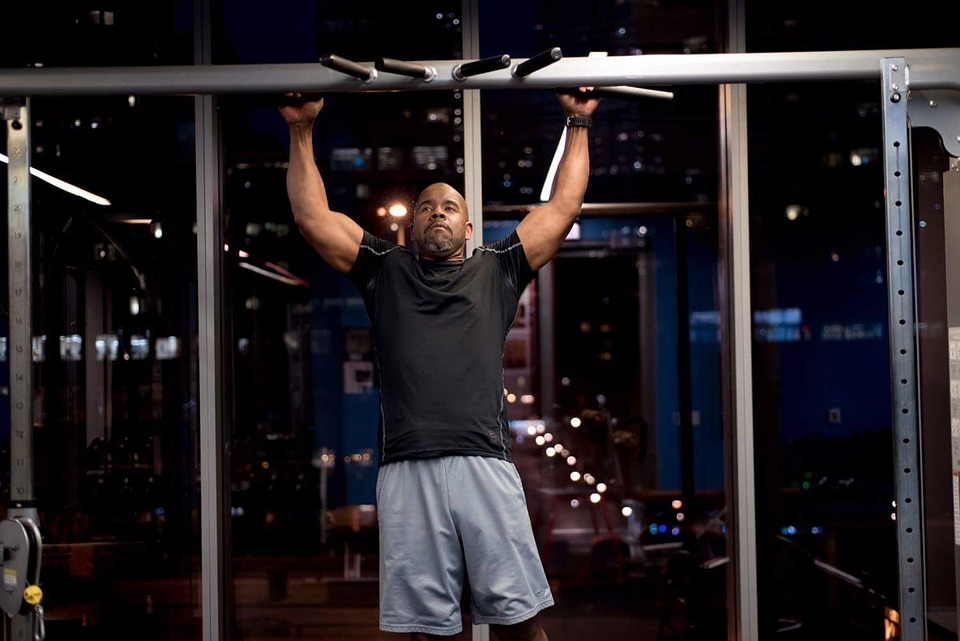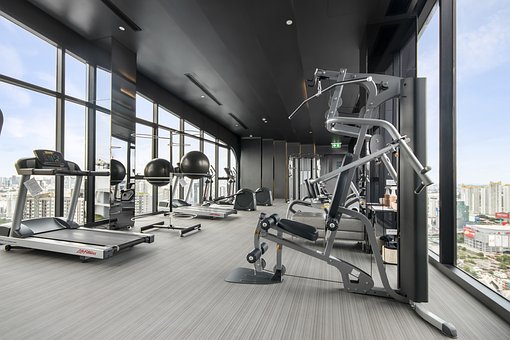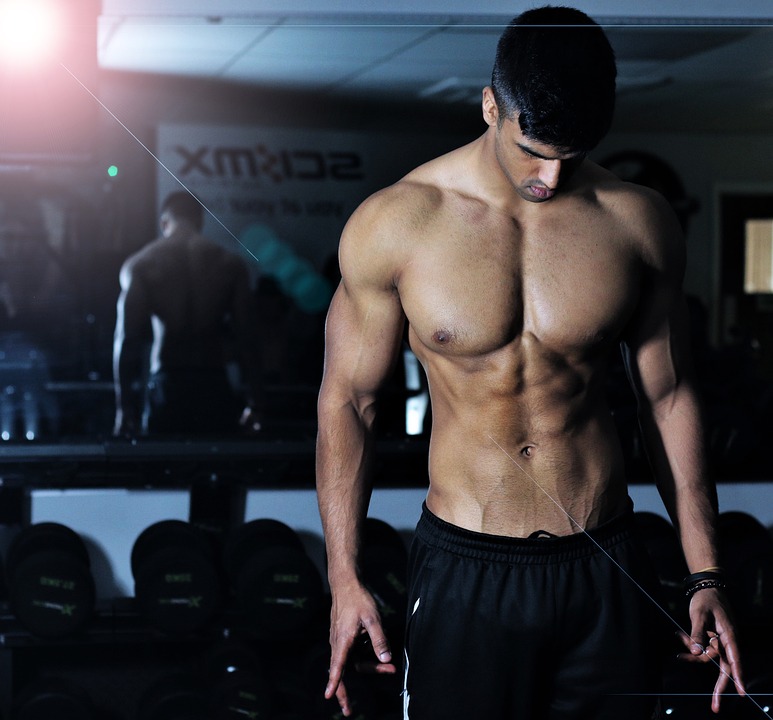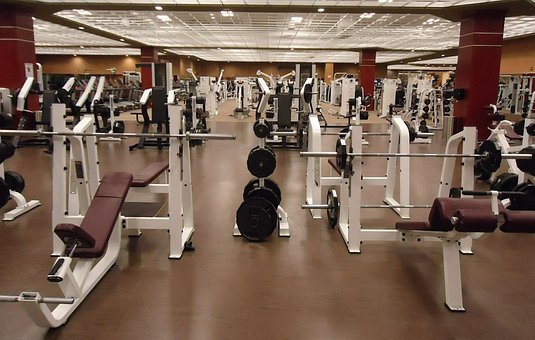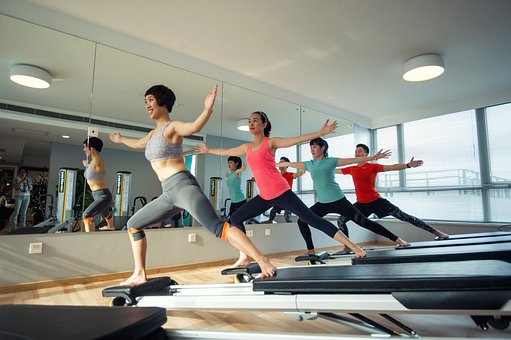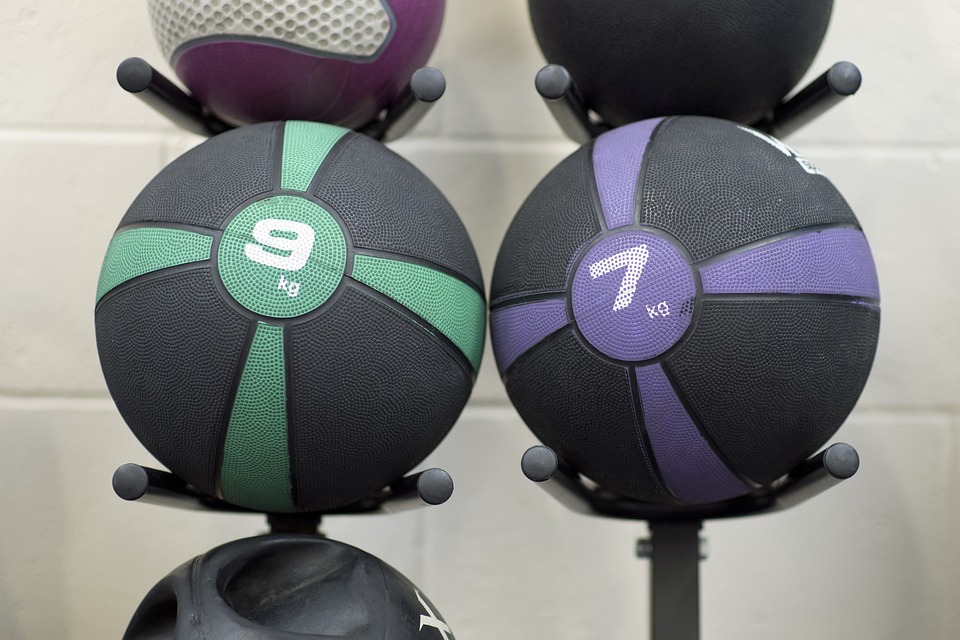
One of the oldest pieces of gym equipment is the medicine ball. It is very versatile and can be used in a variety of ways. Thousands of years ago, people used med balls for strength and fitness. The famous ancient Greek physician Hippocrates had his patients throw stuffed animal skins for “medicinal” purposes.
Weighted balls can give a variety of training effects to people of different skill levels, including power, strength, and stability. The medicine ball also allows people to express force in ways that are not possible with other implements. You can also take your training outside on a warm day.
Benefits of Using a Medicine Ball in Your Workout
You will find medicine balls that range in weight from a few pounds to around 20 pounds in most gyms. Trying to use one of these balls to build maximum strength would be ineffective. But that doesn’t mean med ball training isn’t badass. The limited loading potential of the medicine ball may appear to be a disadvantage to a beginner, but it is beneficial. According to Juan Leija, General Manager of Onnit Gym in Austin, TX, medicine balls are best for developing power along with strength. In other words, they train you to use your muscles explosively, so the strength you build with other types of equipment will help you perform better in sports and real life.
The medicine ball is designed to be thrown. A small, light medicine ball will allow you to generate more power than a heavy dumbbell, barbell, or kettlebell. It will also land more softly and safely. The Olympic lifts are good for developing power, but medicine balls are even better.
Although clean and snatch variants can help build power, they are difficult to learn and can be risky, especially for older exercisers or those without a background in them. When you try to do explosive exercises with a barbell, you don’t produce as much force because you have to slow the bar down at the end of the range of motion. You have to put the brakes on. Letting go of the med ball allows you to brake the mechanism that limits your power.
The medicine ball also allows you to exert power in different movement paths than Olympic lifts. You can improve your lifting techniques by taking advantage of rotation, which is something that is often ignored in conventional lifting.
Leija says med ball slams are a good way to start med ball training. To do a med ball slam, lift the ball overhead and then throw it down into the ground. The author suggests that exercises involving rotational motions, such as punching or throwing a ball, can help prepare the central nervous system for a workout. Explosive movements help improve the ability of the central nervous system to recruit muscle fibers. This can help someone feel more alert and focused on the task at hand. After warming up, do 2-3 sets of 3-5 reps of any full-body or upper-body lifting.
The ability to absorb and redirect force is an important skill for any athlete. This means that medicine balls can not only help improve your strength but also your resilience. Bounce the ball off the wall and catch it. After you catch the ball, you can throw it back, in another direction, or slam it down. If you move similarly to how you do during a basketball or football game while using a med ball, you are beginning to see how it can improve your athleticism.
You can still use a medicine ball without lifting it. It can act as an unstable surface that you have to balance on. While doing pushups, placing one or both hands on a ball will force the rotator cuff muscles to work harder. This will help to strengthen the shoulders and prevent injury. You can improve stability in your hips and core by doing glute bridges or hamstring curls with your heels on one or more balls.
“Medicine balls are great for exploring movement,” says Leija. Unlike machines that have a limited range of motion, medicine ball lifts allow you to move in a variety of ways that your body is free to explore safely. If you have poor form while doing free-weight exercises, you run the risk of injury. However, because medicine balls are relatively light, it is not as dangerous to have poor form while doing exercises with them. It can even be advantageous. Leija says that it is impossible to have a perfect lift. The goal of medicine ball training is to prepare your body for the type of activity it will encounter in the real world. Because every object you pick up is not perfectly balanced, medicine ball training gives you functional fitness training.
Do Medicine Balls Help You Lose Weight?
Performing a med ball circuit a couple of times a week can help you reduce body fat, but don’t depend on this as the only method you need to be healthy. You won’t achieve your goal of getting leaner if you don’t change your diet as well as exercise.
According to a nutritionist, powerlifter, and competitive kickboxer Paul Salter, RD, the problem with only using exercise to lose weight is that workouts only burn a few hundred calories. If you want to lose fat sustainably in the long term, the only way to do it is to eat less and eat better.
What Muscles Are Used with Medicine Balls?
Many popular medicine ball movements work the core muscles, including the rectus abdominis, obliques, and transversus abdominis. Not sure where these muscles are? Rotational movements like side tosses, punch-throws, or simply tossing around a med ball with a partner can help improve your feeling the next day.
There are many benefits to medicine ball training, one of which is that it requires a lot of different muscles to work together. This makes you a more coordinated and powerful athlete. The overhead medicine ball slam is a great exercise that works many different muscle groups including the core, hips, lats, shoulders, calves, and arms. This exercise can be performed in about a second.
The muscles in your upper back will also get a workout from holding a medicine ball in front of your torso in movements like cleans, punches, squats, wall balls, or lateral lunges. This is especially true for exercises that are done with heavier medicine balls, such as cleans that simulate picking up an Atlas stone (a strongman exercise).
The Workout
The following text has been reprinted with permission from Strength Ball Training, written by Lorne Goldenberg and Peter Twist. The text provides excerpts from a strength-training exercise routine that can be done with a stability ball. All exercise descriptions are provided by Human Kinetics.
Standing Overhead Medicine Ball Rotation
Set-up
Stand with your feet about shoulder-width apart and hold a medicine ball overhead. Keep your body in a straight line with your knees slightly bent and your legs loaded into a good athletic position.
Movement
Start by engaging your core muscles and making a circular movement with the ball overhead. The movement needs to be slow and controlled.
Finish
Complete a set amount of rotations in each direction.
Tips and Progressions
- Start with small circular movements and progress to larger movements.
- Make sure you maintain your spinal position without overextending or flexing your low back.
Repeated Dual Foot Long Jump
Set-up
To begin, stand with your feet hip-width apart, holding a medicine ball close to your chest at waist height.
Movement
Quickly lower your hips and jump forward, trying to extend your hips upwards as you leave the ground. Project the medicine ball forward by extending your body.
Finish
After you finish your routine on the floor, land with your body upright but with soft hips, knees, and ankles to absorb the impact, and end in an upright position.
Over-the-Shoulder Throw
Set-up
Stand facing away from a partner, keeping a distance of about two paces between you. Stand with your feet shoulder-width apart, with your knees well flexed and your stomach muscles pulled in. Your partner should be standing one step to the right of you and looking at your back.
Movement
Squat down and rotate to bring the ball in front of your right shin before you throw the ball. The throw initiates from this position. A proper squat movement involves dropping your hips to lower the ball to shin height, without excessive forward trunk flexion. The throw starts with your foot, then your right leg, followed by your hips and torso, and then your upper body.
When you are passing the ball to your partner, you should aim the ball from above your left shoulder and follow through with your body so that the ball ends up behind your partner and off to their right.
Finish
After your partner throws the ball to you, roll it back to their right side so they can pick it up and continue the cycle. Repeat the desired number of times, then repeat the exercise by throwing the ball over the opposite (right) shoulder. Every so often, your partner will move to your left side, staying two paces behind you.
Single-Leg Stride Squat
Set-up
Get into an athletic position, with the medicine ball in both hands. Your quads should be loaded, your hips dropped, and your torso upright.
Movement
Lift one foot and extend the leg back at about a 45-degree angle to create a space behind the body. The loaded leg lowers into a deep squat. Extend one of your legs and press the medicine ball away from that leg, to the opposite side of your body.
Finish
Get in a position where the medicine ball is touching your back foot and you are holding it without letting the back foot touch the ground. This is very challenging. Be sure to fully extend (straighten) the back leg. When achieved, the glutes will noticeably scream.
Tips and Progressions
- Squatting, striding, and pushing at the same time present an incredible challenge to the entire body. Common mechanical breakdowns are a triple play—coming up tall on the squat leg, falling into forward torso flexion, and holding a bent back leg. Together, these three errors eliminate the potential exercise benefits.
- Progress this exercise by lowering deeper into the squat, striding fully by holding the heel of the foot higher while retaining a taller torso and/or reaching to full arm extension.
- Adding pauses in the most challenging position is an incredible demand in advancing strength.
Standing Med Ball Press-Away
Set-up
Position yourself about 3 to 4 feet away from a wall. While standing with your elbow close to the wall, place a medicine ball 4 inches below the line from your shoulder. Hold the ball with an extended arm against the wall. To complete this move, you will need to be in an upright position with your core engaged. Lean into the ball with one arm extended and you should feel a stretch in your chest. Keep the core from rotating as you move into the set-up position.
Movement
As you lower your body, keep your core stable. Do this slowly and with control.
Finish
Begin the movement by lowering yourself down until your shoulder is almost in full extension. Press back up in a controlled manner. This movement should not be performed with a fast tempo.
Tips and Progressions
- To increase the difficulty of this exercise, decrease the base of support by using a smaller medicine ball.
- Try unilateral leg support by raising the leg opposite the working arm.
Med Ball Squat-Away Posterior Chain Wall Hold
Set-up
Start by standing with your back to a wall in a tall, athletic stance, with your core engaged and one hand pressing into a medicine ball to hold it in place. The ball should be positioned at shoulder height with the elbow pointing towards the waist.
Movement
Keep the medicine ball in the same place for the whole repetition. Start in a standing position with the ball held overhead. Lower your body into a deep squat, keeping your arm extended overhead.
Finish
Not just the rear shoulders, but also the upper back should initiate the return to a standing position.
Tips and Progressions
- Sustain pressure against the ball at all times.
- If the ball begins to roll or falls to the floor, reset where you paused in that rep and continue.

